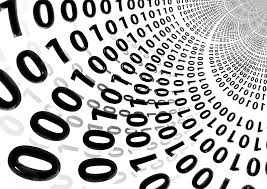Fifth generation of computer | features and characteristic of 5th generation of computers

Fifty generations of computer-: In fifth generation very powerful and compact computers become available at a cheaper rate. The concept of artificial intelligence were used in this generation. Several new types of exciting applications like E-comers, Virtual library, artificial intelligence, multimedia, etc. emerged during the period. The characteristic features of fifth-generation computers are as follow: Firth generation of computer | features and characteristic of 5th generation of computers learn first generation of computer Learn second generation of computer Learn third generation of computers Learn forth generation of computers (i) Use of parallel processing-: In this generation new integrated circuits SLSI/ULSI(super/ultra large scale integrated circuits) were used. That is also called parallel processing. (ii) Use of artificial intelligence-: The computer of this generation has used the concept of artificial intelligence. These computers ...





